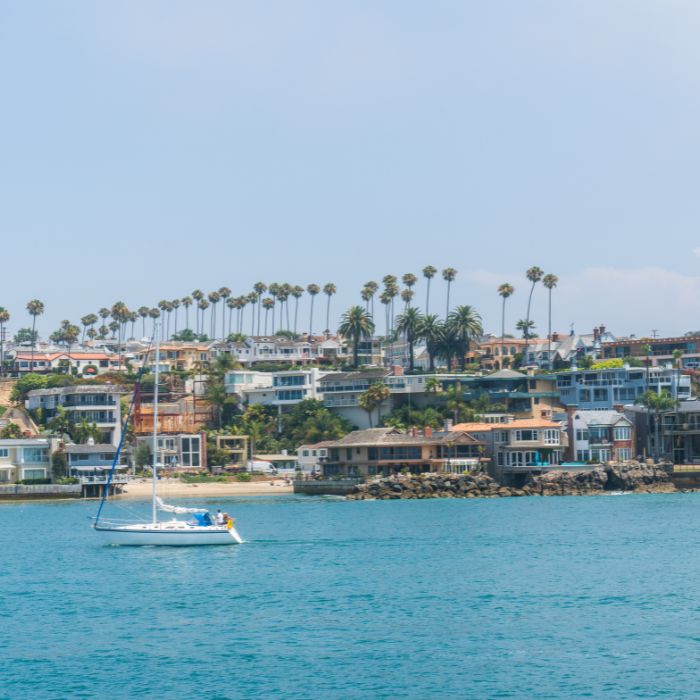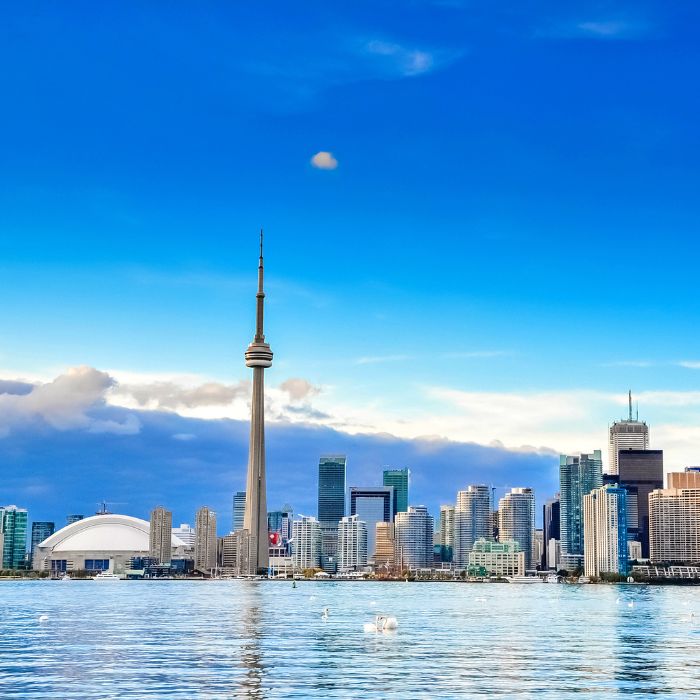Indonesia: Hope for a New Digital Age
April 4, 2016
By: Dessy Sudjana
Amongst HR and immigration professionals, Indonesia has been quite infamous for its bureaucratic immigration policy, fraught with red tape and peppered with unwritten internal discretion. Increased transparency and clearer guidelines on the Indonesia work permit process have long been on the ‘wish list’ for both businesses and foreign nationals alike. Could the new DOM website (implemented since early 2016) potentially be a step in the right direction?
Unlike the old website (which has since been taken down), the new one includes additional sections such as:
1. ‘Download’ Section
Blank templates of the RPTKA & IMTA application forms can be found here, in addition to a comprehensive list of related government regulations. For the uninitiated, ‘RPTKA’ refers to the Foreign Manpower Utilization Plan, while the ‘IMTA’ is the Work Permit itself. What we found most interesting, however, is the list of ‘permissible’ job titles for foreign nationals, listed in accordance to the company’s line of business. Indonesian authorities have always been very particular with job title selection for foreign nationals. It is not uncommon (on the contrary, it is very common!) for the DOM to request changes of proposed job titles whenever said title is ‘judged’ as unfit for the specific industry. These regulations are not new because for years HR professionals (especially those in the trading or consulting industries) have long been left bewildered as to why DOM officers would suggest, for example, a ‘Marketing Manager’ job title to be imposed on foreign software programmers. While the job title list still poses challenges to businesses, it is at least good to know that the DOM has now placed the job title list on its website, where it is easy to find.
2. Alur Proses’ (i.e. Flowchart) Section
The flowchart section appears to be the DOM’s endeavor to visually explain hard work that goes into the adjudication of each of the RPTKA and IMTA related processes. Interestingly, the flowchart is silent on processing timelines.
3. ‘Pertanyaan Umum’ (i.e. FAQ) Section
Last but not least, the FAQ section - which we feel is probably the most interesting addition of this new website, surprisingly addresses many of the more sensitive and ongoing issues faced on the ground. What we found most telling is that the DOM acknowledged its practice of granting Chinese nationals only short-term, non-renewable work permits. The DOM’s justification is that most of the applicants from that country tend to be blue collar workers who do not possess sufficient qualifications. Another matter that is addressed is the difficulty faced with the new requirement for RPTKA application interviews to be conducted via SKYPE (i.e., video call). Last year, many HR professionals had voiced strong concerns regarding the difficulty in reaching a DOM officer through SKYPE, even with an appointed date and time. ‘Horror stories’ of continuous attempts lasting days, or even weeks, were prevalent (thus severely delaying the work permit application). It is a relief that the DOM has now announced through the FAQ that it might implement a more facilitative method in the future (although it remains to be seen what that new method will be).
Whilst the additional content shows an encouraging and positive effort by the authorities towards greater transparency, businesses should still be cautious of several subtle pitfalls while navigating the website. For example, there is still some disconnect between the written regulation and practical implementation: The DOM has indicated in its FAQ that the processing time of RPTKA and IMTA is 3 working days as per their regulations. However, in practice, the processing times can go significantly beyond that. There are also some minor discrepancies in the list of document requirements listed on the website versus the actual requirements on the ground, especially pertaining to urgent work permits.
Most importantly, however, is the fact that the DOM has jurisdiction only over two of at least six steps of the overall Indonesian work permit process (not to mention additional steps for certain industries). In reality, there are several other government agencies in addition to DOM also involved - one of which is the Directorate General of Immigration (DGI), which has its own separate portal and a separate set of regulations (which may not always reconcile with the DOM’s own regulations).
Casual readers who refer to only the DOM website for advice may risk facing just the tip of the Indonesia work permit iceberg, and businesses who intend to send foreign manpower into Indonesia should continue to seek professional immigration advice to aid in their navigation of these murky waters.
Learn more about our Indonesia practice.














